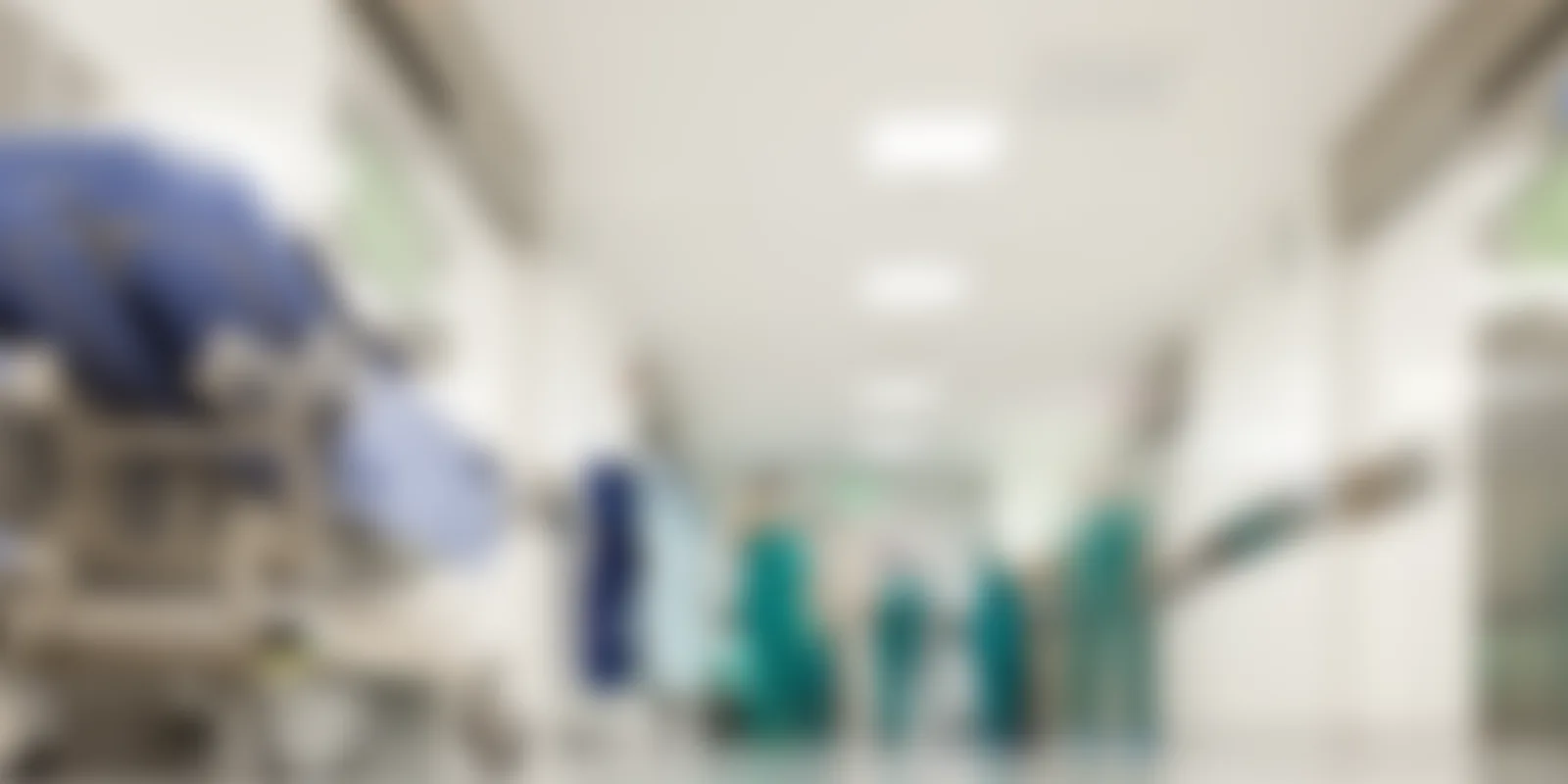With Ricardo Rodriguez MD
As far as the mortality goes, the main problem associated with this procedure has already been narrowed down to the inferior gluteal vein. Now the inferior gluteal vein is particularly important because of the curvature of the coccyx, it comes up and takes a curve and the inferior gluteal artery comes right by a muscle, that’s attached between the coccyx and femoral head and the inferior gluteal artery, when the patient is in the bed like flat, is actually coming straight up at you and most clinicians are under the impression that it’s a deep structure, and as long as they stay slightly superficial, there’s going to be no damage to the artery, but what they don’t realize is when they’re coming up into the buttock to inject, the artery can sometimes be right there and it can be very close to the surface without you noticing it.
What can surgeons do to prevent inferior gluteal vein complications?
During general anesthesia, the size of the inferior gluteal vein has been noticed to expand up to four times during the period when air is being blown into the patient. Therefore, when you use anesthesia techniques where the patient breathes on their own like TEVA or total intravenous analgesia or local anesthesia you don’t present as large a target.
What is another issue with buttock augmentation procedures?
We don’t really know where we’re going. It’s a cannula, it’s underneath the skin and in essence, it’s a blind procedure. A possible solution is to do ultrasound during the surgery.
How can surgeons increase their view during the procedure?
A possible solution is to do ultrasound during the surgery. Ultrasound is being performed by orthopedic surgeons, by interventional radiologist anesthesiologists as a common way to identify blood vessels.
What’s your technique?
We go with a small cannula, we go straight to the skin surface and then we inject a very small volume as we’re going back. Therefore, there really is no way to do have a large volume because we’re injecting small volumes.






